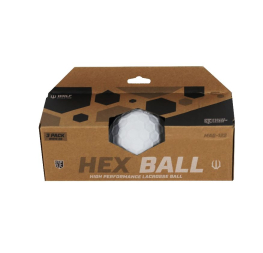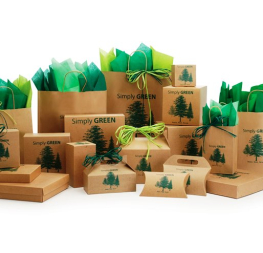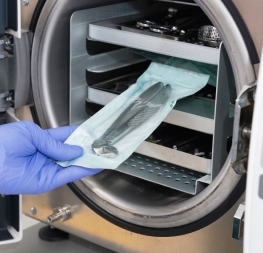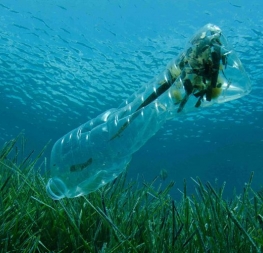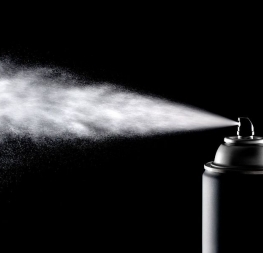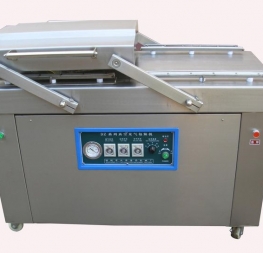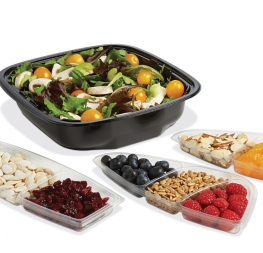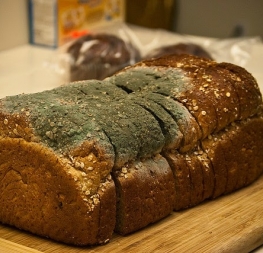In the United States, about 1.5 billion pounds of recycled PET bottles and containers are recovered each year. PET can be recycled again and again. One method of recycling is to wash and re-melt PET for use in new PET products. Another method of recycling is to chemically break PET down into its raw materials. The sustainability of PET is being expanded by the development of facilities, which have the capability to transform used PET bottles into new food grade PET bottles and containers. The only limiting factor for PET reuse is the amount of material that is collected.
The recycling rate for PET containers in 2014 was 31%. Year over year, increases in both U.S. PET bottle collection volumes and in total volume of PET resin used in U.S. PET bottle production are reflected by the consistency of the recycling rates for 2013 and 2014. Tom Busard, NAPCOR Chairman, Chief Procurement Officer for Plastipak Packaging, Inc., and President of Clean Tech, Plastipak’s recycling affiliate, says “We continue to see strong domestic demand for recycled PET in fiber, sheets, bottles, and other end market sectors, with more than 773 million pounds of clean, processed, recycled, material closing the loop by going back into the production of PET bottles and packaging.”
One interesting use for recycled PET resin is in the production of filament used in 3D printers. 3D printing has become popular in the last few years and the prices of machines have dropped to a level where consumers can afford them. Innofil3D and CiorC have worked together to produce InnoCircle, the latest development in the sustainable 3D printing market. Recycled ABS car parts and PET water bottles were used to create a unique line of monofilaments.
In a matter of hours, a prototype can be completed to scale using a 3D printer. The design can be changed quickly and easily. Extrusion, granular, and light polymerized are three major types of 3D printing.
Fused Deposition Modeling is another name for Extrusion. A support structure is created along with the model. Mathematical dimensions for both are used by a software system to make a path for the tool head to follow. Once the excess is removed, you have a final product. Selective Laser Sintering is another name for Granular. Powdered material is deposited in layers by the printer and melted into a cohesive mass using the specifications. Stereolithography is another name for light polymerized. Liquid polymer is printed layer on layer and solidified by ultraviolet light. This process makes a three-dimensional object.
The traditionally metal molds used for blow molding can actually be 3D printed for short turns by using Polyjet-based 3D technology from Stratasys. Stratasys 3D technology was used by Plasel Precision plastics to make a blow mold for a run of 100 package prototypes. This method was 90% faster and was 94% less expensive. Small-scale production takes just two days with the 3-D printed blow molds. A research and development manager at Plasel, Nir Hadar, stated “Stratasys 3D printed blow molds were ideal for producing the prototypes our customer urgently needed to get their new product to market.”
The combination of inexpensive, recycled raw materials and state of the art technology at your fingertips, such as 3D printers, opens a whole new way of designing for the packaging engineer. Prototypes can easily move from the idea phase, to design and through to model at speeds that would have been unheard of 15 years ago. If modifications to the design were needed, the entire project wound up literally “back on the drawing board” of the design team. These advances in technology may facilitate rapid advancements in the field of packaging. It is an exciting era in which to be a packaging engineer.
References
http://www.napcor.com/PET/whatispet.html
http://www.packworld.com/sustainability/recycling/good-news-2014-pet-recycling-rates
http://www.smashbrand.com/articles/how-3d-printing-will-change-the-packaging-design-industry/
http://www.engineering.com/3DPrinting/3DPrintingArticles/ArticleID/7926/3D-Printed-Blow-Molds-Perfect-for-Short-Run-Packaging-Production.aspx
http://www.petresin.org/recycling.asp
Image Source: http://repetinc.com/images/services3.jpg


